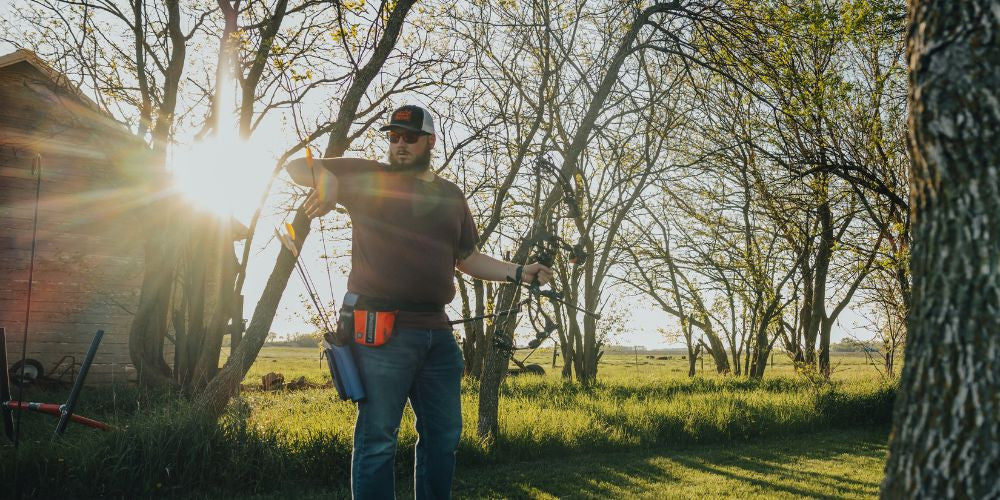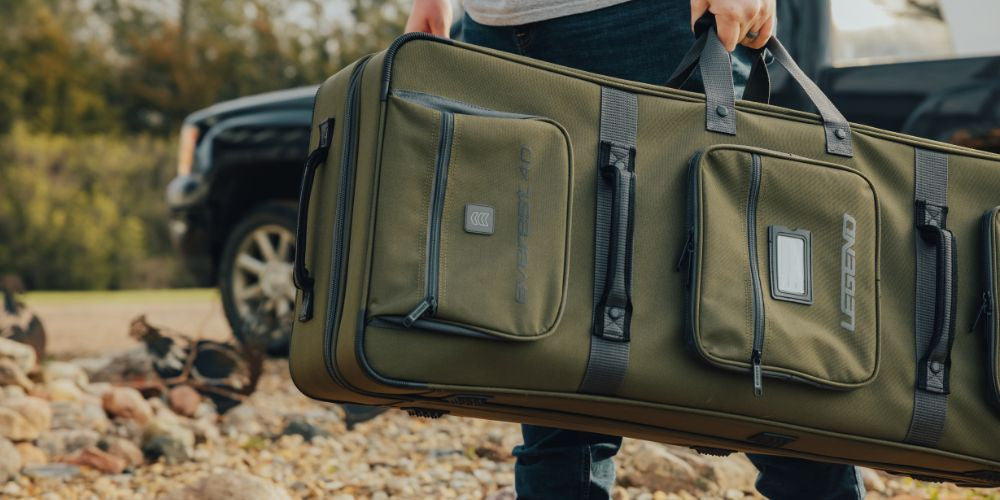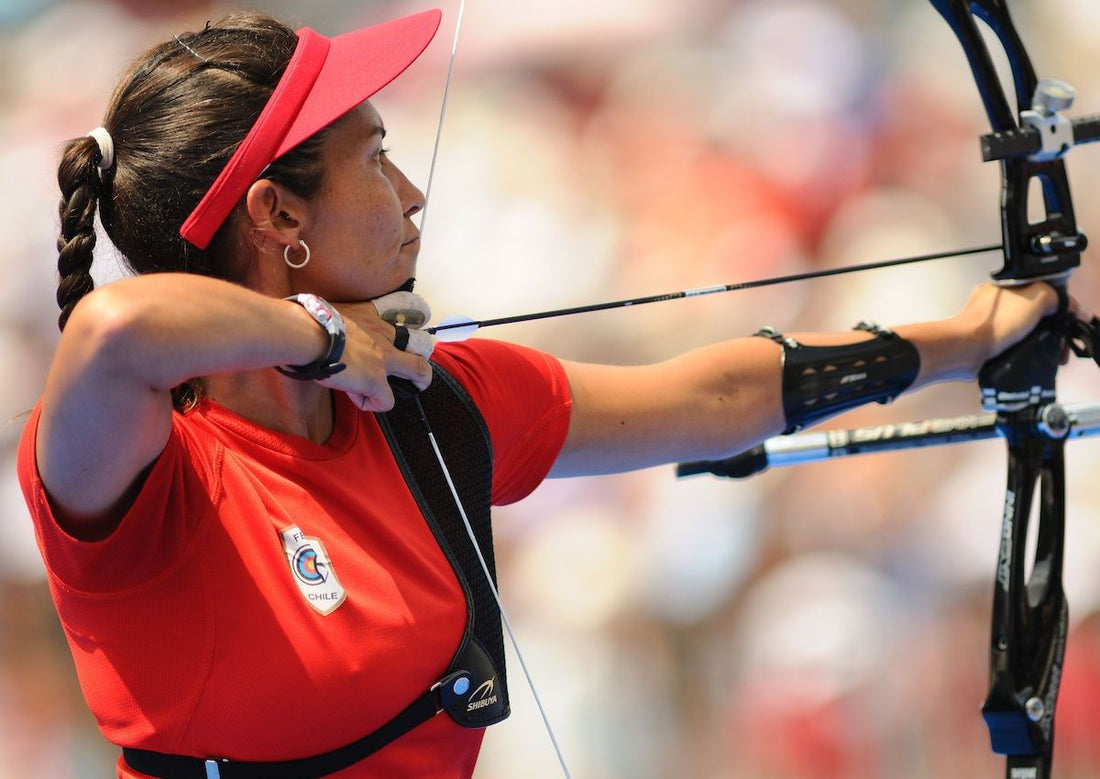While many professional archers and archery purists tend to have issues with it, an arm guard can be an essential safety tool for any archer. Beginners, who are usually at the highest risk of having accidents, tend to be the ones to need these archery arm guards the most. As you hope to protect yourself from injuries and accidents, these tools will be incredibly useful in achieving that.
In this article, we’ll explain the function and importance of arm guards for archers, as well as look at whether these tools are really necessary for effective archery.
Archery Arm Guard: What Is It?

If you’re an archery enthusiast, there’s a high probability that you’ve heard of or have experienced the string or wrist slap. This is a common injury that is especially nasty and which usually affects newbie archers who are still trying to learn the ropes. However, in some snap situations, wrist slaps also happen to some of the best archery pros.
As you can probably guess, the wrist or string slap happens when the bowstring hits your arm. In some cases, you could even have the arrow hitting your hand and causing a nasty gash. When your bowstring has been stretched close to its limit, it holds a great deal of energy. The moment you release it, and it touches your forearm, it could cause a terrible bruise and even lead to a deep cut.
String slaps happen primarily for two reasons:
- You could have bad form while holding the bow. If you grip it wrong and leave your forearm in the bowstring’s line of sight, a string slap is pretty much a certainty.
- Your arm could also have a sub-optimal structure. Due to your anatomy, you might just not be so comfortable holding the bow the right way.
Whatever it is, string slaps are never a good thing. And for you to effectively prevent these, you need the best arm guards you can find.
Most of the archery arm guards you see today are made of leather or plastic. Both work pretty well, and you can easily make a choice depending on which feels more comfortable. There’s really no one-size-fits-all approach to choosing arm guards for archers.
What An Arm Guard Does

Keeping Your Forearm Safe
If you’re an archer, one of the last things you want is a wrist slap. It can be pretty terrible - best case, you get a minor burn or scald. Worst case, you might need to go into the emergency room.
An arm guard ensures you never have to deal with this problem while you shoot.
Improving Your Form
While security is their primary priority, another advantage of having the best arm guards is to boost your form. If you’re wearing a long-sleeved shirt or a jacket as you shoot, an arm guard keeps these clothing items away from your line of fire and helps you to improve your accuracy.
Some archers might go for a jacket instead of an arm guard. However, loose, baggy clothing can easily affect your shot. The best arm guards for archers ensure a tight fit on your forearm, protecting you and ensuring that nothing affects your shot.
Is An Arm Guard A Necessity?

To be fair, no rule anywhere says you have to wear an arm guard. It’s all down to your preference, although archers who would like to be as safe as possible will undoubtedly see the use for them.
Generally, arm guards for archers are recommended under these circumstances:
- You’re a beginner or intermediate-level archer
- You’re under 18 years of age
- Your bow is heavy and affecting your form
Final Thoughts

Safety is an important part of archery; the last thing you want to do is inflict an injury on yourself. However, given its nature, archery can also be a bit complex. To ensure that you never have any problems, arm guards for archers are recommended.
Getting ready for your next archery trip? Take a bold step in the safe direction and check out the Legend XT Armguard from our store. Our arm guard comes in various sizes and colors and is engineered from ergonomic Thermoshaped EVA foam that naturally fits the body contours, providing greater impact resistance and flexibility.
 cust@legendarchery.com
cust@legendarchery.com 302 503 5767
302 503 5767 Whitestown, In 47075
Whitestown, In 47075




